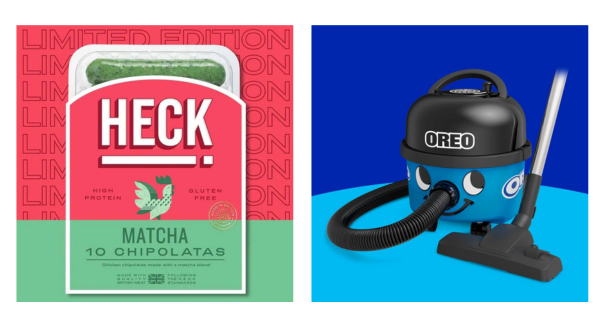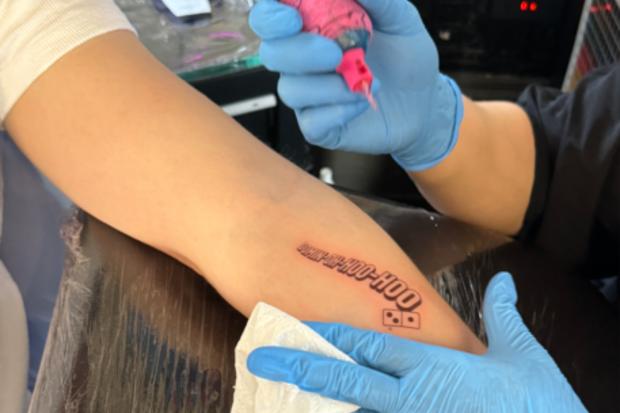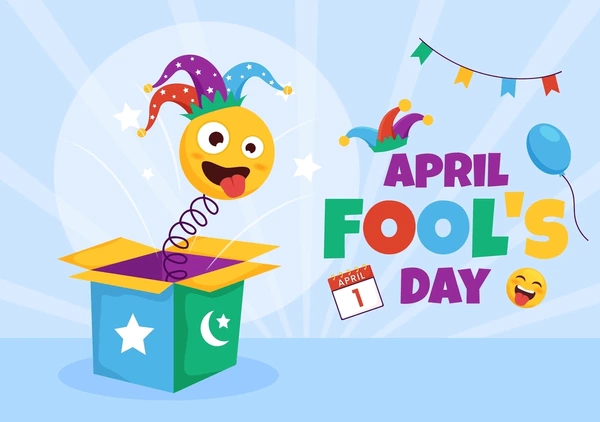What was once a highly-anticipated annual rouse, could be losing its shine
When executed well, an April Fools’ joke can win over legions of new brand fans and even generate serious press attention. But has the joke worn thin?
Looking back, traditional media once dominated April Fools’ Day, crafting fictional news stories that playfully tricked readers. The fun was in spotting the fake among the real.
Fast forward to 2025, and we live in a world where fake news is everywhere—fuelled by social media, digital tech, and AI. Today, people constantly question what they see, making it harder for journalists to lead the charge. The game has changed.
Now, brands are in the driver’s seat, using playful campaigns to build love and engagement. But there’s a fine line between humour and offence. All it takes is a handful of social media users calling out an issue for a joke to backfire.
Just ask Royal Mail. In 2023, they faced backlash after a local manager put up a fake announcement promising an 11% pay rise, new vehicles, and a recruitment drive. With ongoing disputes over pay and working conditions, the joke was deemed “tone-deaf” and led to negative headlines.
April Fools or Just Another Day?
For food brands, unusual flavour combinations have become an April Fools’ staple.
We’ve seen everything from Heck’s matcha sausages to Heinz Dubai Beans. But with quirky flavour stunts making real headlines year-round, audiences now meet these announcements with suspicion rather than surprise.
Fun? Absolutely. But does it still feel like a prank? Not so much.

Then there are the ‘practical’ inventions that make us pause: Dollar Shave Club’s Mirror Ball, Curry’s Chicken Deboner, or even Oreo’s genuine Henry Hoover crumb cleaner collab. Are they a joke or a real product?
Some brands are now using April Fools’ Day as a product launch moment, which arguably takes away from the prank’s core appeal.
How Can Brands Still Win on April Fools’ Day?
There’s growing pressure for brands to participate in April Fools’ Day—especially if they’ve done so in previous years. Our advice? Only get involved if you have a truly strong, funny, and surprising idea. Otherwise, sit this one out.
One evolving trend is brands enlisting influencers to enhance their gags with dynamic video content, making the prank feel more authentic. Domino’s did this well with their ‘Domino-hoo-hoo’ tattoo prank, using a paid influencer to drive engagement.
This strategy could shape the next era of April Fools’ marketing, leveraging influencer trust to amplify the campaign.

And here’s the final secret: The best April Fools’ jokes come from brands so confident in their execution that they don’t even need a grand ‘ta-da’ moment.
With so many brands now getting involved in April Fools’ Day, we have to wonder; at what point will audiences switch off to the frivolity?
